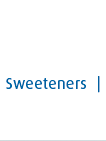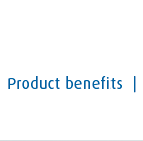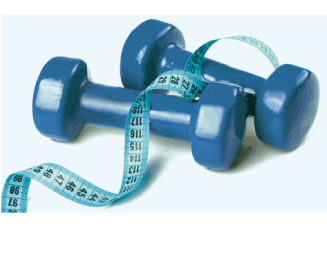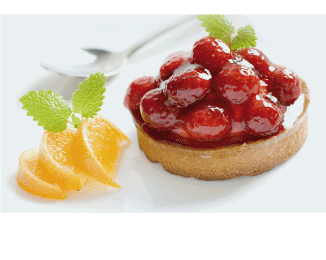 |
Saccharin
The oldest sweetener of them all was discovered around 1879. Saccharin
itself is about 550 times sweeter than sugar, while sodium-type
saccharin has 450 times the sweetening strength of sugar. An important
advantage of saccharin is its stability in heat and cold. Saccharin
also keeps well in solutions of water such as lemonade. The strong
flavour that used to be associated with saccharin has now been
virtually eliminated as a result of improvements. Saccharin and
cyclamate together makes an optimum combination that increases
the sweetening power while providing a rounded, sugar-like flavour.
Cyclamate
Cyclamates were discovered around 1935. Cyclamate has 35 times
the sweetening power of sugar. Cyclamate is known for its excellent
flavour, and has proven itself particularly in combination with
saccharin. Cyclamate plus saccharin remains stable in cooking and
baking. Saccharin and cyclamates are excreted by the human body
via the kidneys unchanged.
Aspartame
Aspartame is a more recent sweetening agent, having been discovered
only in 1965. It is a sweetening agent based on quasi-natural protein
components and is metabolised with them. It consists of two nutrition-biological
active amino acids that occur in over half of all of foodstuffs,
namely phenylalanine and asparagine. With around 4 kca/g, aspartame
is thus not wholly calorie-free. However, it has considerable sweetening
strength, being 200 times sweeter than sugar.
In the USA, aspartame is known under the registered brand name
NutraSweet. A marked benefit of aspartame compared with other sweetening
agents is its pleasant, purely sweet sugar-like taste. Aspartame
is less suitable for heating to high temperatures, so is not recommended
for cooking and baking or for products sterilised by heat.
Sweetening agents have synergetic characteristics, which means
that the sweetening strength of combinations of sweetening agents
is greater than the sum of individual sweetening agents.
Acesulfame K
Acesulfame K (E950), or Acesulfame Potassium, is a calorie-free
sweetener approved for use since 1983. It is an organic synthetic
salt. It is 200 times sweeter than sugar, has synergistic sweetening
effect with other sweeteners, has a long shelf-life and is heat
stable
It is often used as part of the sweetener composition of beverages.
Sucralose
Sucralose (E955) is a zero-calorie sugar substitute artificial
sweetener approved for use in the European Union since 2004. It
is the only low calorie sweetener that is made from sugar. Sucralose
is produced by changing three alcohol groups on the sugar molecule
with three chlorine atoms. This results in a stable sweetener that
tastes like sugar without the calories. It is about 600 times sweeter
than sugar. It is heat stable and can be used for baking and for
products that require a longer shelf life.
Stevia
Stevia rebaudiana Bertoni is a small shrub native to South America.
It is a member of the Asteraceae family and has proven adaptable
to cultivation in many parts of the world. For centuries its leaves
have been used by the Guarani people of Paraguay to sweeten beverages,
until it was discovered by the Italian-Swiss botanist Dr. Moisès
Santiago de Bertoni (1857-1929). The sweet components found in
the Stevia leaf are up to 200 times sweeter than sugar and have
no caloric content.
Rebaudioside A (Reb A) is the sweetest and purest extract of the
Stevia leaf. This is used for the sweetener.
Stevia is not yet allowed in the European Union. The authorisation
procedure is in progress.
|
|

















